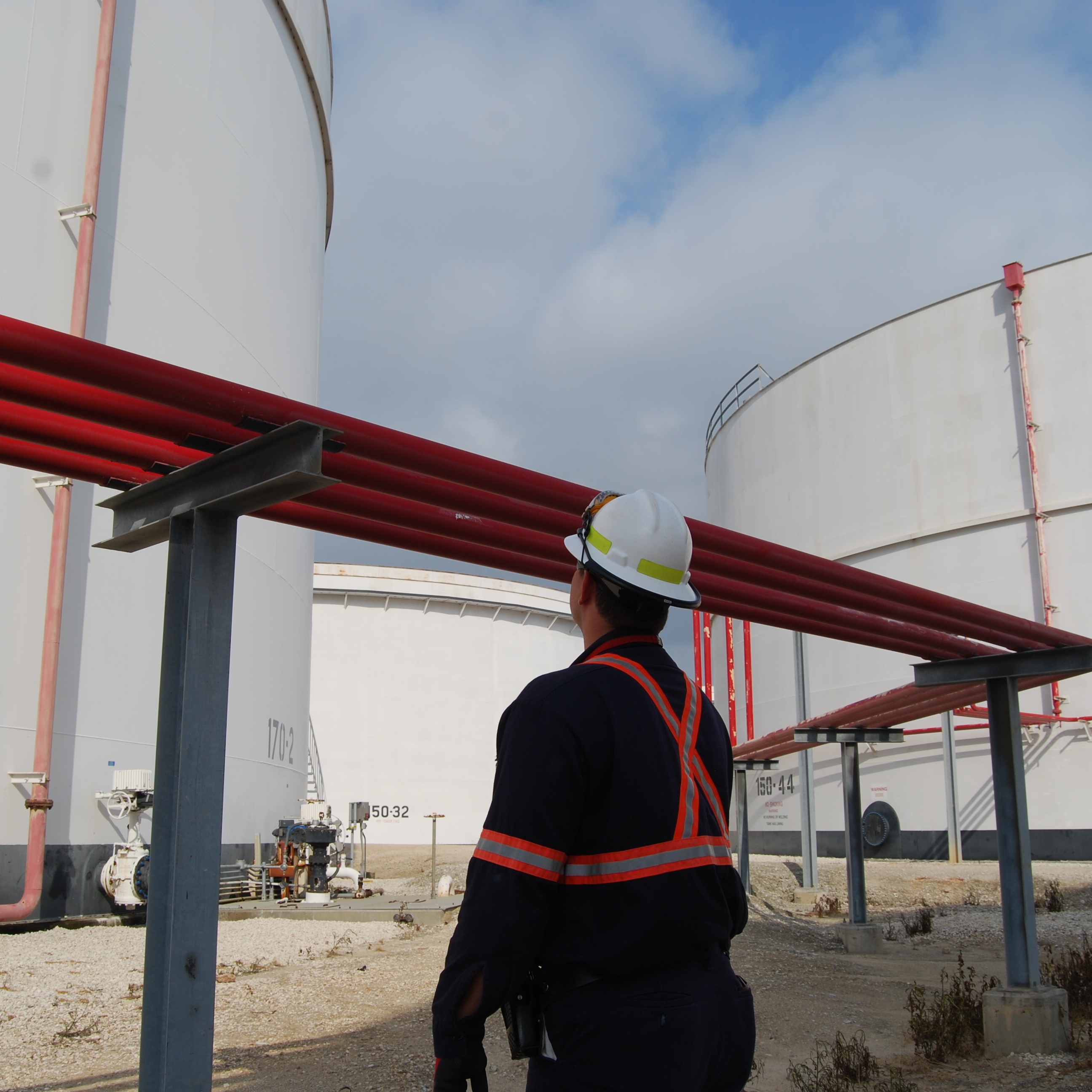
This post may contain links from our sponsors and affiliates, and Flywheel Publishing may receive
compensation for actions taken through them.
Energy transportation and infrastructure partnerships (MLPs) have moved higher Thursday following a Morgan Stanley upgrade to former MLP Kinder Morgan Inc. (NYSE: KMI) and a downgrade to Enterprise Products Partners L.P. (NYSE: EPD). The two pipeline giants both gave presentations at a midstream conference this week, and it appears that Kinder Morgan is reaping the benefit of dressing up its balance sheet while Enterprise is being judged on criteria more closely linked to the ups and downs of the energy industry.
Just after Kinder Morgan reported second-quarter results in late July, analysts at Wells Fargo summed up their Overweight rating on the stock and their valuation target of $24 to $26 a share:
We believe KMI trades at a discount to peers primarily due to the following: (1) high leverage, (2) a volatile CO2 business, and (3) a relatively low dividend payout. Management has announced a number of joint venture/asset sales in recent weeks aimed at reducing Kinder Morgan’s leverage.
In other words, the company is worth more than investors might think. Kinder Morgan’s long-term debt totals just over $41 billion, certainly a nosebleed level if ever there was one. Enterprise’s long-term debt at the end of the second quarter was about half that amount.
In mid-July Southern Company (NYSE: SO) acquired a 50% equity interest in Kinder Morgan’s Southern Natural Gas pipeline system in a deal valued at $4.15 billion that included a debt deconsolidation valued at $1.2 billion, enabling Kinder Morgan to wipe about $2.7 billion in debt off the company’s balance sheet. After that deal was announced, Kinder Morgan shares gained about 13%, before pulling back when the company reported earnings.
But the shares have recovered all that dip and added a bit more to boast a year-to-date gain of slightly more than 50%, compared with a gain of about 8% for Enterprise over the same period. Even Enterprise’s distribution increase only bumped the price of common units by about half a cent.
For investors the issue is how long they are willing to put up with dressing up the balance sheet instead of paying higher yields? If Kinder Morgan does not boost its dividend for 2017, how many investors will stick around for another delayed payday? One could argue that the share price appreciation more than adequately compensates investors, but that appreciation has limits too. How far will the share price drop if the dividend isn’t increased? When will the share price reach its top and begin to slide?
While it lasts, though, investors like Warren Buffett, who bought into the company last December, are pretty happy with what’s going on, even though Buffett did not raise his stake in the company during the second quarter. Kinder Morgan’s shares traded up about 4.6% at $22.76 in the early afternoon Thursday. The stock’s 52-week range is $11.20 to $33.49 and the 12-month price target is $22.79.
Credit Card Companies Are Doing Something Nuts
Credit card companies are at war. The biggest issuers are handing out free rewards and benefits to win the best customers.
It’s possible to find cards paying unlimited 1.5%, 2%, and even more today. That’s free money for qualified borrowers, and the type of thing that would be crazy to pass up. Those rewards can add up to thousands of dollars every year in free money, and include other benefits as well.
We’ve assembled some of the best credit cards for users today. Don’t miss these offers because they won’t be this good forever.
Flywheel Publishing has partnered with CardRatings for our coverage of credit card products. Flywheel Publishing and CardRatings may receive a commission from card issuers.
Thank you for reading! Have some feedback for us?
Contact the 24/7 Wall St. editorial team.




